How to select and reinforce machine screw anchors for different vibration conditions
2025-07-22Machine screw anchors are widely used in the fields of mechanical equipment installation and building structure fixing. Vibration conditions are an important factor affecting the performance and service life of anchors. Different vibration environments put forward different requirements for the design selection and reinforcement measures of machine screw anchors. In-depth analysis of the vibration influence mechanism, scientific selection of anchor types and reasonable reinforcement measures are taken to ensure the safety and stability of the anchor system.
Impact of vibration on the performance of machine screw anchors
Vibration produces periodic stress changes, which causes fatigue damage to the anchors, affecting the durability and bearing capacity of the fasteners. Frequent and large-amplitude vibrations are prone to cause thread loosening, anchor body rupture and even substrate damage. There are differences in the influence mechanism of vibrations of different frequencies and amplitudes on the anchor structure. High-frequency vibration focuses on the stability of threaded connections, while low-frequency and large-amplitude vibrations focus more on the bearing capacity of the anchor body and substrate. In view of the differences in vibration conditions, the design and installation strategies of anchors must be different.
Selection and reinforcement of machine screw anchors in low-vibration environments
In low-vibration environments, machine screw anchors are mainly subjected to occasional small-amplitude vibrations, and the structural fatigue effect is relatively small. This type of environment is suitable for standard threaded machine screw anchors, with a focus on the foundation bearing capacity and anti-loosening measures of the anchors.
Select high-strength materials
Use high-strength steel to enhance the tensile and shear bearing capacity of the bolts and ensure the stability of the foundation connection.
Thread locking design
Use auxiliary locking parts such as self-locking nuts and spring washers to avoid loosening caused by micro-vibration.
Reasonable preload
Apply appropriate preload according to design requirements to ensure tight thread fit and improve vibration resistance.
Surface treatment
Use galvanizing or coating anti-corrosion treatment to extend the life of the anchor and prevent structural weakening caused by corrosion.
Optimization solution for machine screw anchors in medium vibration environments
Medium vibration environments usually have more frequent periodic vibrations, requiring anchors to have higher fatigue resistance and locking reliability.
Use anti-loosening design threads
Select machine screw anchors with locking functions, such as nylon locking nuts, double nut locking structures, etc., to improve anti-loosening capabilities.
Increase preload detection
After installation, apply preload accurately with a torque wrench to ensure uniform force on the bolts and reduce the risk of vibration loosening.
Use vibration damping gaskets
Set rubber or polyurethane gaskets between anchor bolts and equipment to slow down vibration transmission and reduce fatigue damage to anchor bolts.
Periodic maintenance inspections
Establish a regular inspection and tightening plan under vibration environment to promptly detect and deal with loosening.
Mechanical screw anchor reinforcement technology under high vibration and impact environment
High vibration and impact environment places strict requirements on mechanical screw anchor bolts. High-strength, fatigue-resistant and corrosion-resistant anchor bolt types must be used, supplemented by advanced reinforcement measures.
Choose high-performance anchor bolt materials
Use alloy steel or stainless steel anchor bolts to improve overall strength and fatigue resistance and adapt to frequent impact loads.
Application of special locking technology
Use chemical locking agents (such as thread glue), locking nuts or double locking structures to prevent vibration from causing thread loosening.
Multi-point anchor design
Increase the number of anchor bolts, disperse vibration loads, and reduce stress concentration on single-point anchor bolts.
Substrate reinforcement treatment
Reinforce the surface of the substrate, such as epoxy resin grouting or adding metal bushings, to improve the bearing capacity and anchoring firmness of the substrate.
Vibration isolation system integration
Combined with vibration isolation elements such as springs and rubber shock absorbers, reduce the transmission of vibration energy to the anchor system and extend the life of the anchor.
The impact of the installation quality of mechanical screw anchors on anti-vibration performance
The installation quality is directly related to the performance of the anchor under vibration conditions. Accurate drilling, clean holes, appropriate anchor preload, and correct locking measures are the basis for ensuring the anti-vibration performance of anchors.
Aperture and depth control
Strictly drill holes according to the anchor specifications to avoid anchor failure due to excessive or too small apertures.
Clean the hole
Ensure that there is no dust and impurities in the hole to enhance the close connection between the anchor and the substrate.
Application of torque control tools
Use professional torque wrenches to ensure that the preload meets the standard and avoid over-tightening or over-loosening.
Locking device used in conjunction with anti-loosening washers, self-locking nuts and thread lockers to enhance the locking effect.
Vibration monitoring and maintenance strategy
Vibration conditions are complex and changeable. The application of monitoring technology helps to timely grasp the status of anchor bolts and avoid potential safety hazards.
Vibration sensor installation
Install vibration sensors at key anchor points to monitor vibration amplitude and frequency in real time.
Fatigue life assessment
Predict the fatigue life of anchor bolts based on vibration data and formulate a reasonable replacement cycle.
Regular inspection and maintenance
Arrange bolt tightening inspections based on monitoring results to prevent loosening and fatigue failure.




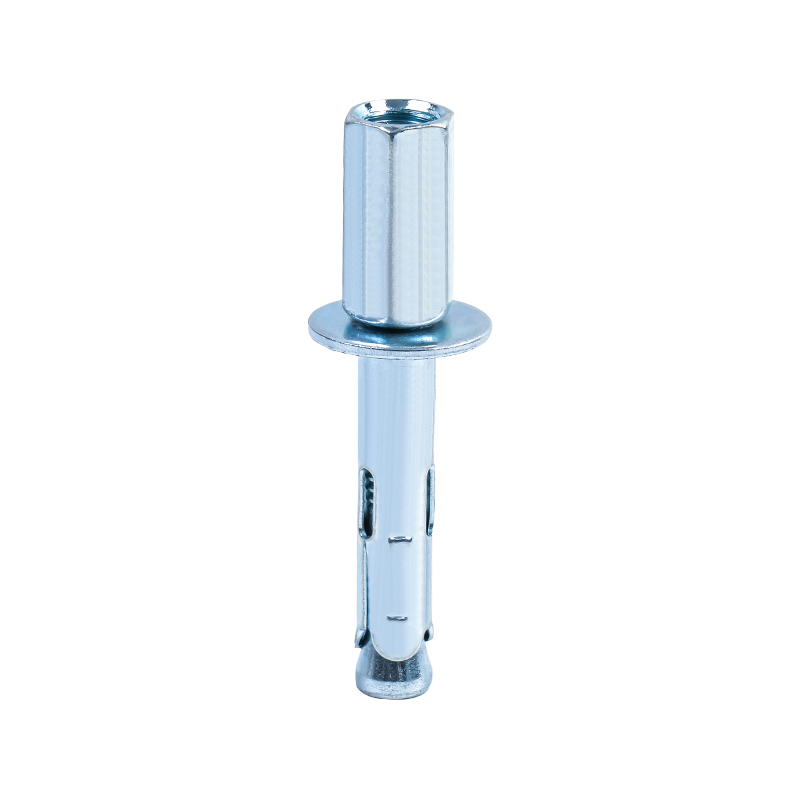
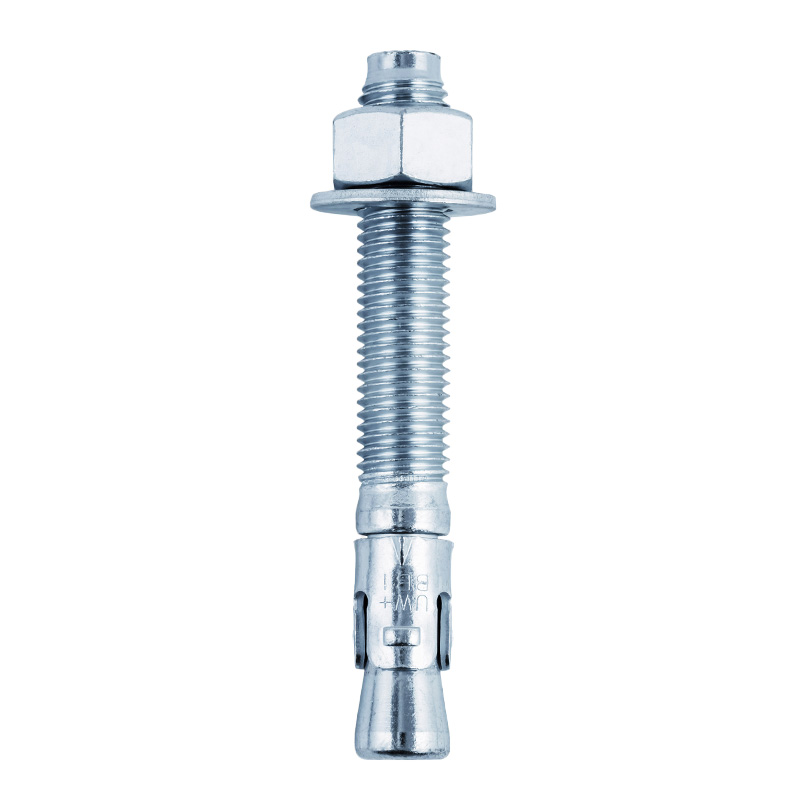

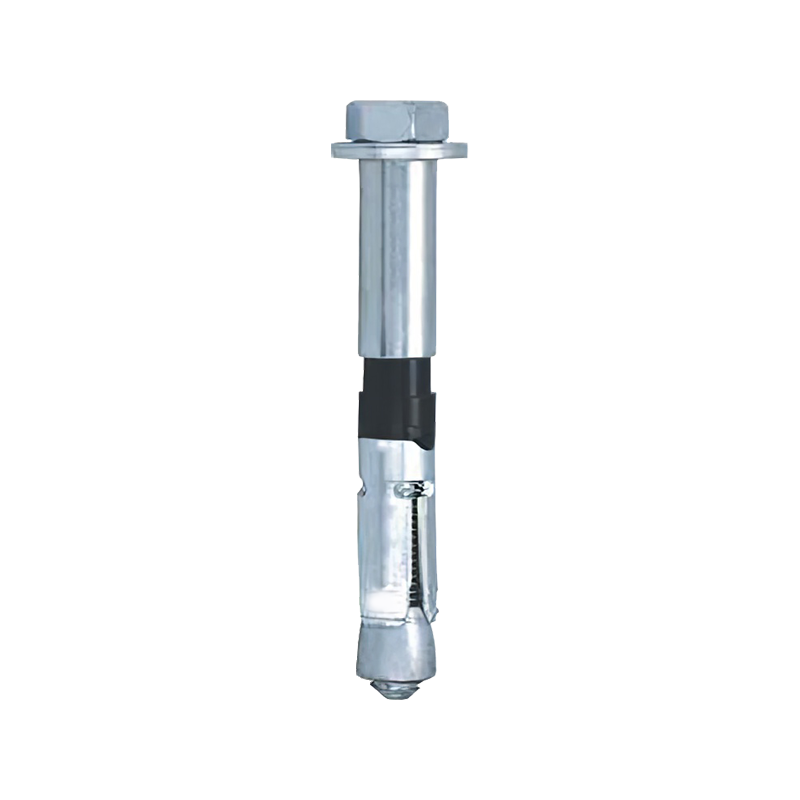
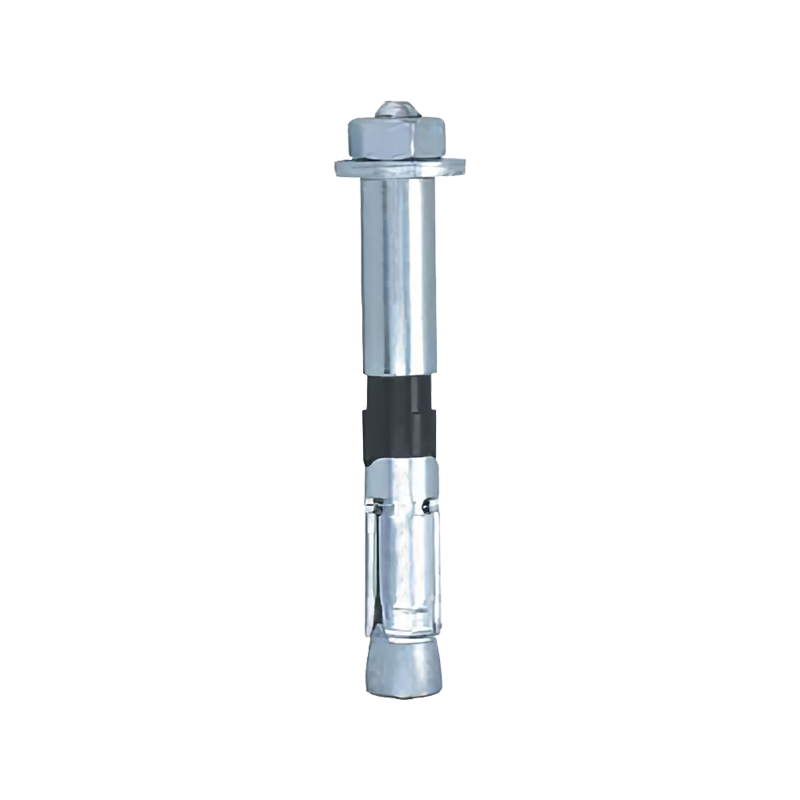
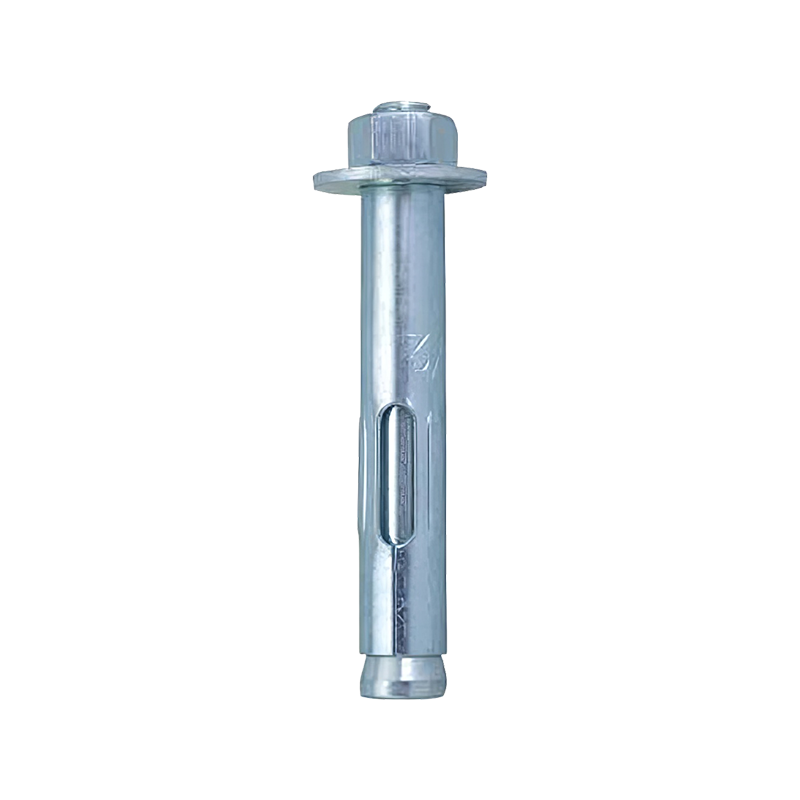
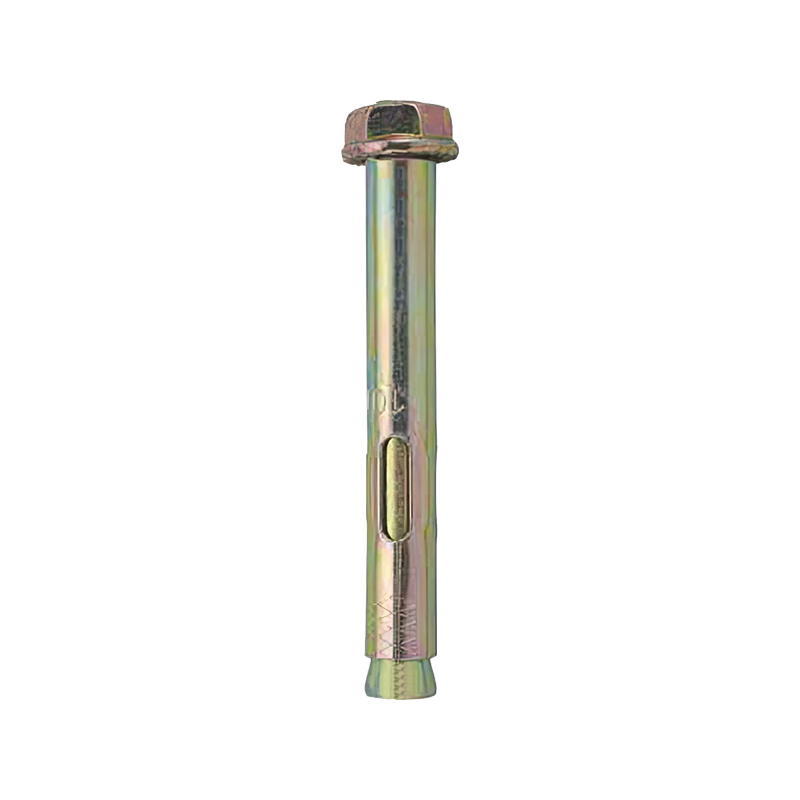

Contact Us